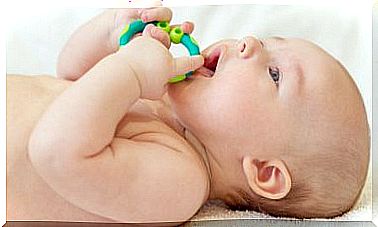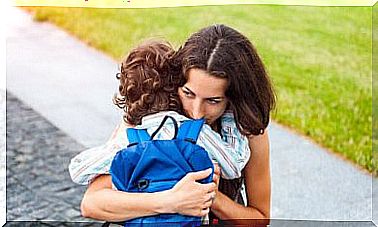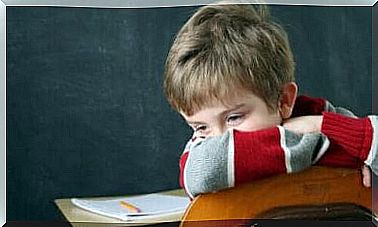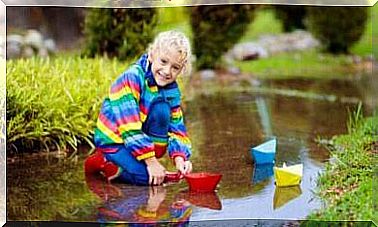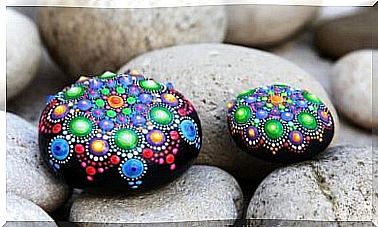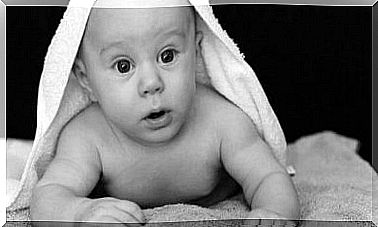Hot Water Burn In A Child
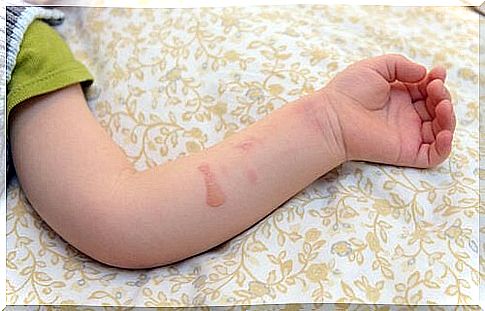
Almost every one of us has sometimes had to experience what a mild burn feels like. There are different types of burns, and where mild injuries can be treated with cold water, ointments, and painkillers, serious injuries require immediate first aid from professionals and, in many cases, even surgery.
Boiling water typically causes first and sometimes second degree burns. First-degree injuries cause redness, mild pain, and burn, and usually heal quickly. Secondary burns usually cause blisters, severe burns and pain.
More superficial injuries typically heal within 7-15 days and do not leave scars, but deeper wounds require a longer healing time and cause some degree of scarring.
The child is perpetual and there is a risk of burns, no matter how closely they try to watch the child. Therefore, it is a good idea to keep the following advice in mind so that you can act quickly and correctly in the event of damage.
Hot water burn in a child
The most important thing is to stay calm so that the child can be given good care. Quickly move the child away from hot water in a lighted area. Check how severely injured the fluid has caused the child and what treatment is needed.
Mild, first-degree burns can usually be treated at home, but more serious injuries should always be treated with first aid. If you are not sure about the severity of the injury, you should take the child to a professional for inspection. Caution is never bad when it comes to a child’s health.
Treatment of first-degree burns
A first-degree burn refers to a superficial injury to the skin. Injury can be found to be superficial on the basis of retained feel, moisture and hair. However, this does not mean that the injury is painless.
The skin is dry, reddened and sensitive to contact. A first-degree burn makes the skin look as if it has been burned in the sun. There is stinging pain in the skin but no blisters.
If the burned area of a superficial burn extends into the deeper surface layers of the skin, blisters will form on the skin. In this case, the skin is reddened, swollen and very painful.
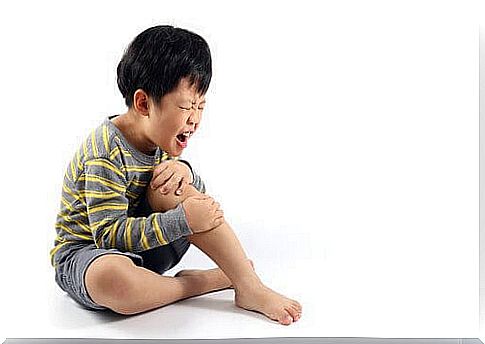
The treatment instructions for a mild burn are as follows:
- Cool the burn immediately for 10 minutes under running, cool water or in a water container. It is important not to put ice on the skin as this will aggravate the irritation.
- Do not pierce any blisters as this may cause contaminants to pass to the tissues.
- If the skin is secretory or blistered, it can be covered with a bandage intended for burns.
If the child is in severe pain, he or she may be given an appropriate painkiller for the children. Healing of a first-degree burn typically takes one to two weeks, depending on the extent of the injury.
If the burn is in the hands, feet or on the face or genitals, the child should always be taken to a doctor. Although the injury is suspected to be mild, the skin in these areas is particularly sensitive and requires medical attention. Likewise, if the burn becomes inflamed, seek medical attention immediately.
Treatment of second and third degree burns
A deep burn always extends through all layers of the skin, but in severe cases can also extend to the deeper tissues under the skin.
In a deep burn, the damaged skin is dry and it does not feel pain after the nerve endings are damaged. There may be pain around the injury and the skin is gray, pearly white or dark in color. Treatment for a severe burn often requires surgical treatment, and such an injury heals slowly, leaving a scar behind.
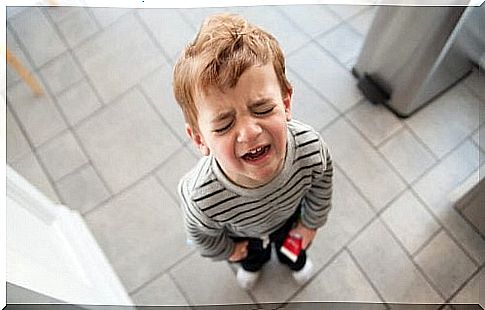
If the burn suffered by the child is considered to be even quite serious, the child should be taken to first aid immediately, either in their own car or by ambulance, whichever is the faster option.
It is important to prepare for burns primarily by trying to avoid them. Even a minor burn is painful, and in the worst case, an accident can cause great damage. But because damage happens, it’s good for parents to know how to act in an accident.
